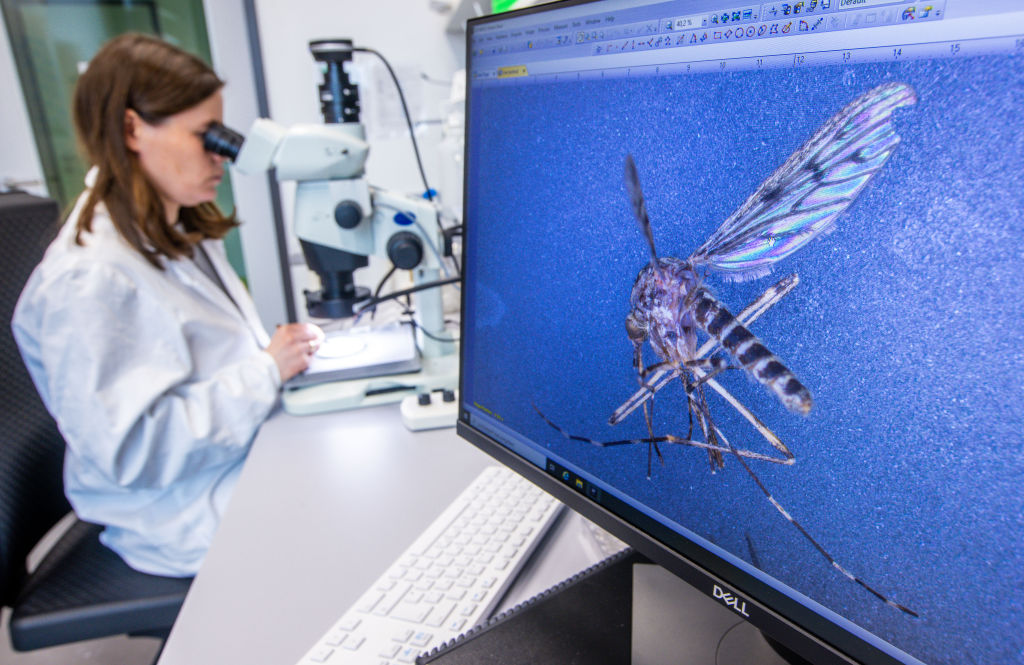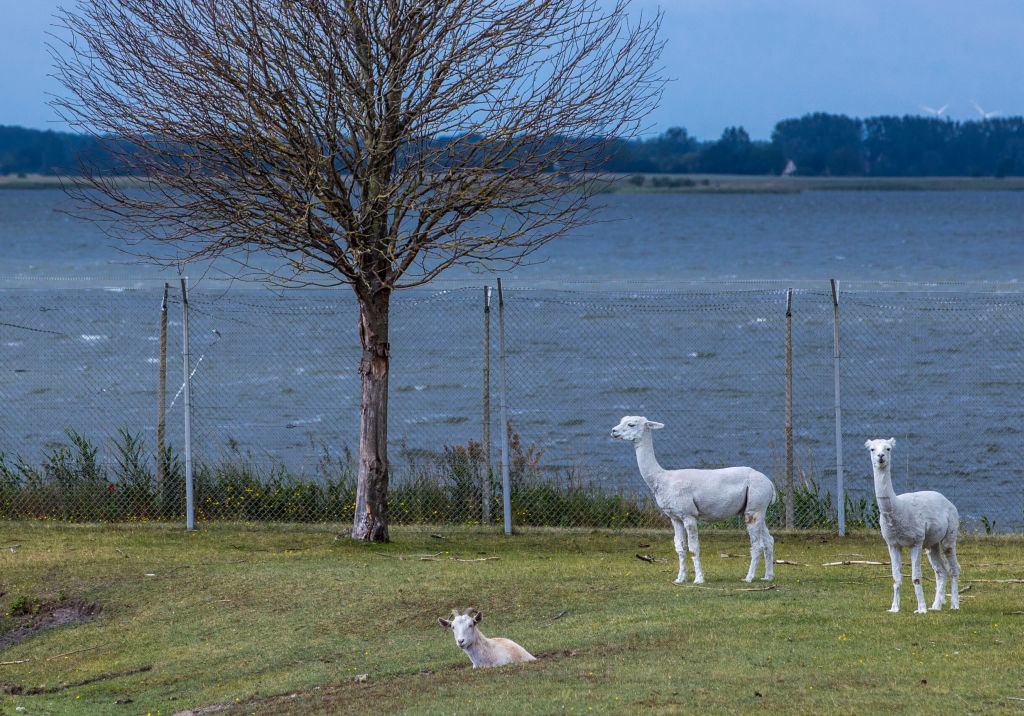The high-security lab that contains the world’s deadliest viruses
There’s a high security lab that contains some of the world’s deadliest viruses. But worry not; the facility is in a remote island and access to it is extremely restricted.
The German island of Riems is anything but a holiday paradise. With its barbed wires, security cameras and high fences, it doesn’t let anyone in without a permit.
Rabies, Covid, African swine fever, Ebola... the list of pathogens is long. What makes it special: The Federal Institute for Animal Health tests the world's most dangerous viruses on animals to develop vaccines that could save lives.
Anyone who wants to enter the restricted area of the island of Riems needs a permit, then has to pass through several security gates, disinfect themselves and finally put on special clothing.
Getting out again is also complicated. You have to shower, which follows a strict schedule: one minute of water, one minute of soap, two minutes of water again, and you also have to wash your hair and clean your fingernails.
The high-security laboratory in Riems is one of only three high-security labs in the world containing the most dangerous viruses to humans. A leak could be catastrophic.
Riems high security lab is a biohazard level 4, which requieres personnel to wear a positive pressure suit with a segregated air supply. Extreme isolation precautions are also mandatory at this level.
Of course, the employees themselves are also a possible risk factor and are carefully checked and continuously monitored.
The Friedrich Loeffler Institute, where the high security lab is, is the oldest virological research facility in the world. More than 100 years ago, Friedrich Loeffler, a German bacteriologist researching foot-and-mouth disease discovered viruses, a previously unknown class of "tiny organisms".
He noticed that many animals around the area soon fell ill with the disease. Loeffler's investigations had inadvertently infected entire herds with the virus that he actually wanted to eradicate. An island promised greater safety, and so he moved his experiments to Riems.
In 1910, Loeffler founded the world's first virus research institute in the island, saying he slept “soundly” knowing the laboratory was in a place with difficult access.
Photo: Thomas Mettenleiter, former president of the Friedrich Loeffler Institute.
In the Third Reich, research was carried out in the laboratories on Riems into biological weapons. In the GDR, research was carried out into vaccines. And today, research is carried out into animal diseases, including those that can endanger humans.
The Riems research complex, the headquarters of the Friedrich Loeffler Institute (FLI) since 1997, have been significantly expanded and modernized. The federal government invested 300 million euros in the new building complex.
450 people work at Riems. There are 89 laboratories with different safety levels, as well as 163 stables for the large livestock needed for the experiments. The animals, whether large or small, are sacrificed with the aim of developing a vaccine against the diseases.
The thought that pathogens that are transmitted from animals to humans and are highly dangerous are omnipresent in the laboratories on Riems is not exactly reassuring. One can only hope that nothing goes wrong...
Never miss a story! Click here to follow The Daily Digest.
More for you
Top Stories




























